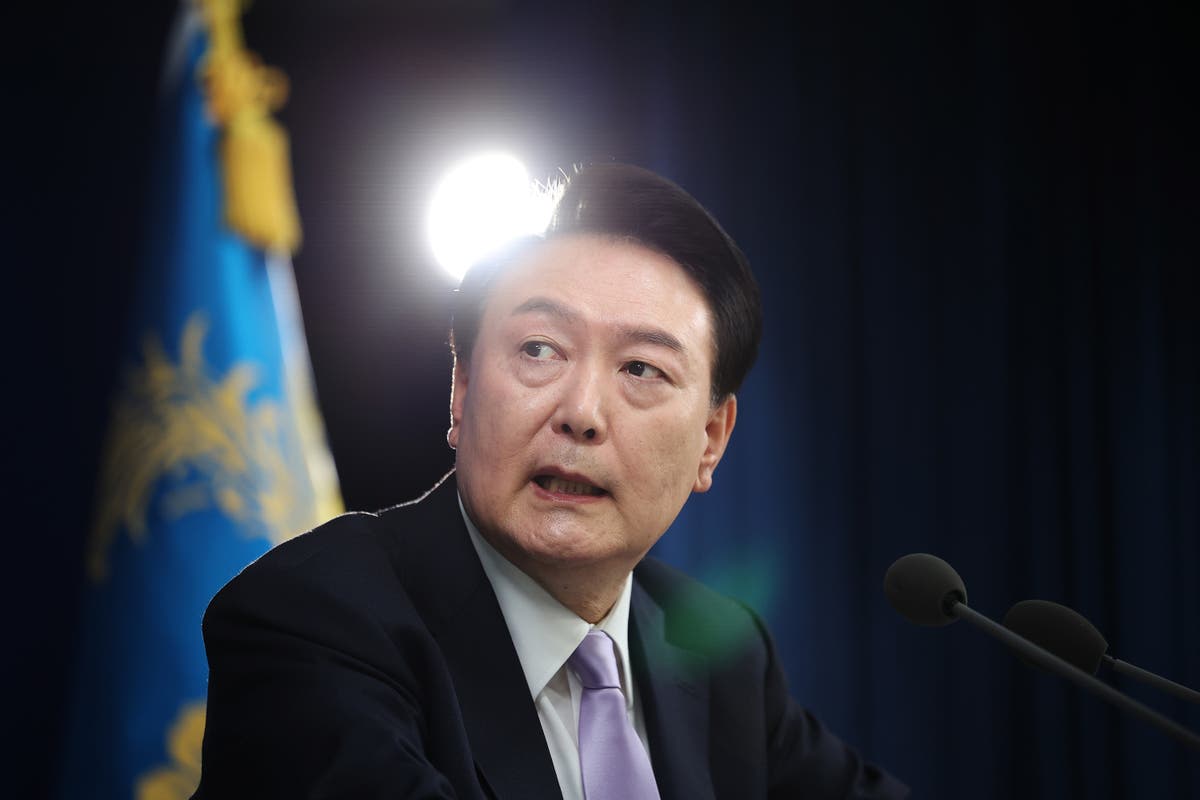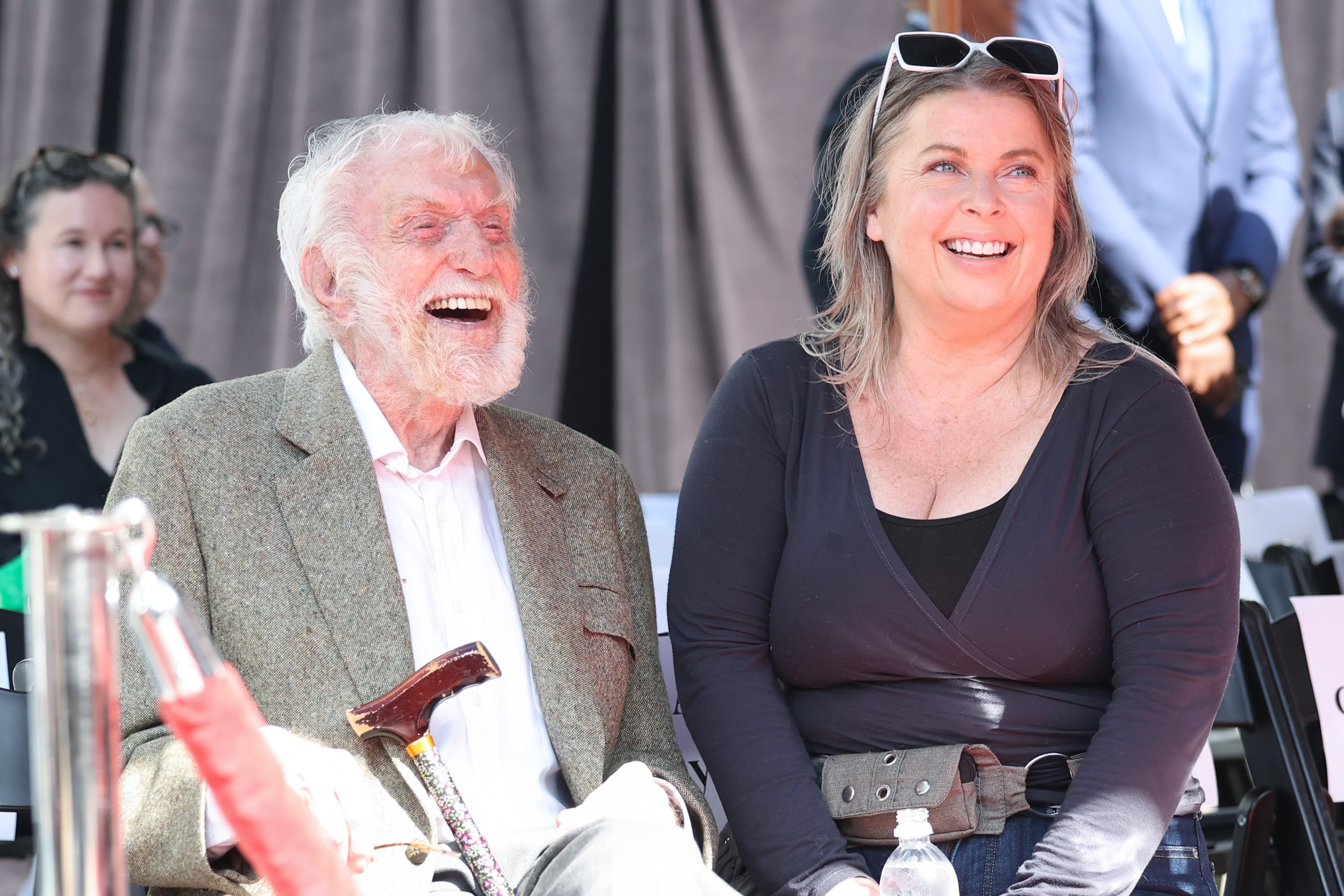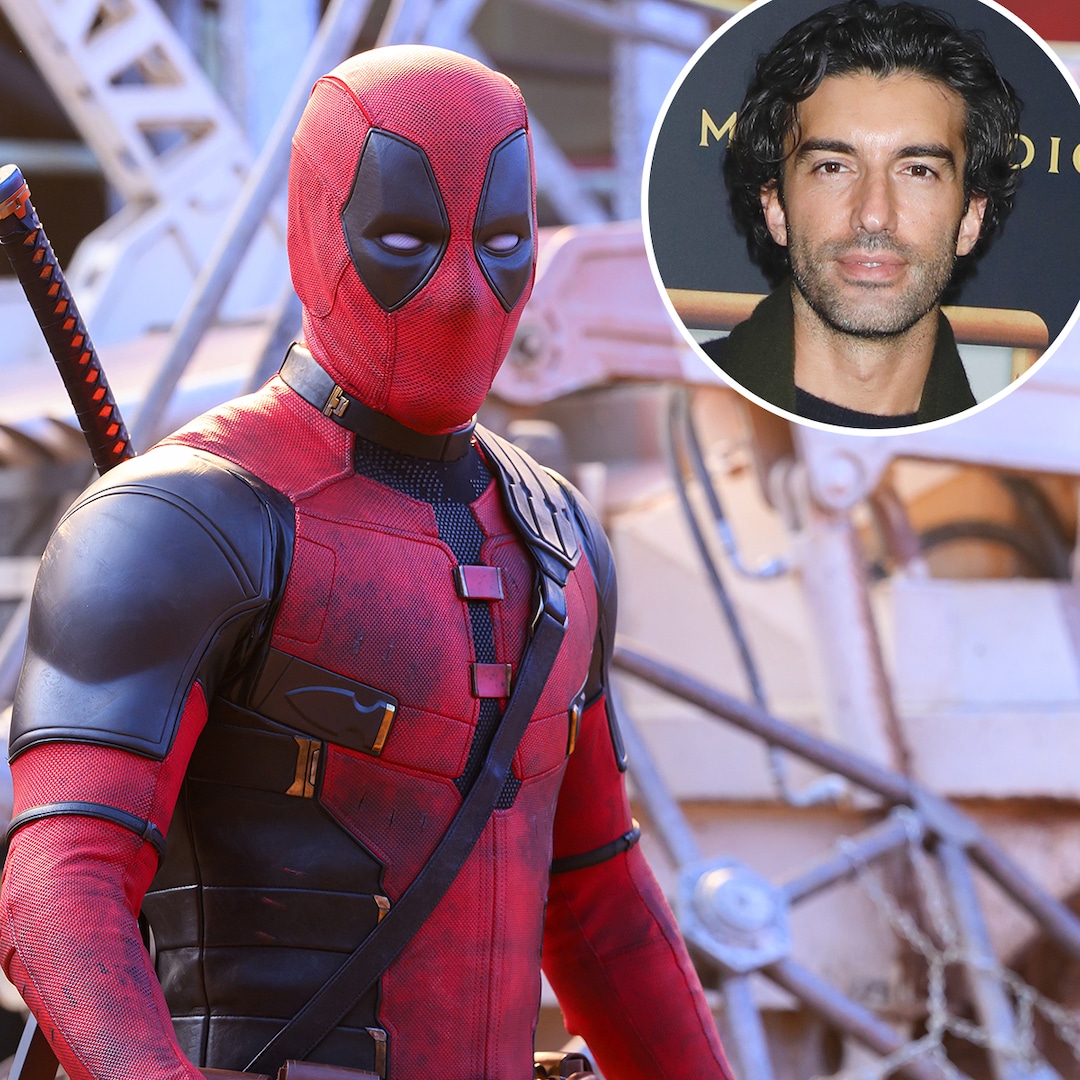Why did it take so long to arrest South Korean president Yoon Suk Yeol?
Yoon Suk Yeol becomes first sitting South Korean president to be arrested, six weeks after he declared martial law

For free real time breaking news alerts sent straight to your inbox sign up to our breaking news emails
Sign up to our free breaking news emails
Sign up to our free breaking news emails
I would like to be emailed about offers, events and updates from The Independent. Read our privacy policy
South Korea’s president Yoon Suk Yeol has finally been arrested and taken in for questioning, ending a stand-off lasting more than a month after his martial law declaration threw the country into a political crisis.
Anti-corruption authorities launched a pre-dawn operation on Wednesday at around 4.30 am to arrest Mr Yoon, which finally saw him taken into custody. A similar attempt ended in failure earlier this month despite law enforcement agents trying to reach Mr Yoon for nearly six hours.
If found guilty of insurrection, Mr Yoon could receive a maximum sentence of life imprisonment. The death sentence is technically also a possibility, although analysts deem that to be a highly unlikely outcome.
Hundreds of Mr Yoon’s supporters have camped outside his residence to protest against his arrest for weeks, braving sub-zero temperatures.
South Korean impeached President Yoon Suk Yeol arrives at the complex building housing the Corruption Investigation Office for High-ranking Officials (CIO) in Gwacheon (KOREA POOL/AFP via Getty Images)
Now that he is in the custody of anti-corruption agents, Mr Yoon’s legal process is expected to be closely watched both domestically and internationally, as a significant precedent for holding leaders accountable for alleged abuses of power while in office.
Timeline of how Yoon Suk Yeol’s arrest unfolded
3 December 2024: Shortly before 10.30pm (1330 GMT), Mr Yoon stuns the country and the world by declaring on national television that he is imposing martial law to root out "anti-state forces" and overcome a political deadlock.
An hour later, the military issues a decree banning activity by political parties and lawmakers, and troops and police descend on the opposition-controlled parliament.
Protesters gather during a rally demanding South Korea's impeached President Yoon Suk Yeol to resign, in downtown Seoul, South Korea, on 28 December ( Copyright 2024 The Associated Press. All rights reserved )
Staffers use barricades and fire extinguishers to ward off special operations soldiers who arrive by helicopter and break windows as they enter parliament.
Lawmakers hop fences to avoid the security cordons and crowds of protesters gather.
4 December: In the early hours, 190 lawmakers unanimously vote to reject Mr Yoon‘s martial law declaration and troops begin to leave, defying the military’s orders.
About three and a half hours later, Mr Yoon gives another televised speech, announcing he is lifting martial law. The decree was in effect for about six hours.
People watch a TV screen showing the live broadcast of South Korean President Yoon Suk Yeol’s addressing the nation at the Seoul Railway Station in Seoul (Copyright 2024 The Associated Press. All rights reserved.)
On the same day, the opposition party immediately vows to push for impeachment and file an official motion.
US Deputy Secretary of State Kurt Campbell says Mr Yoon "badly misjudged" his decision to declare martial law, which was "deeply problematic" and "illegitimate."
5 December: Mr Yoon‘s People Power Party, although divided, decides to oppose his impeachment.
Mr Yoon accepts the resignation of defence minister Kim Yong Hyun. Police investigate Mr Yoon, Mr Kim and the interior minister on accusations of treason and related crimes over the declaration of martial law after opposition parties and activists filed complaints.
Protesters wait for a rally demanding the arrest of impeached South Korean President Yoon Suk Yeol near the presidential residence in Seoul, South Korea, Monday, Jan. 6, (Copyright 2025 The Associated Press. All rights reserved.)
6 December: PPP leader Han Dong-hoon says Mr Yoon must be removed from power for trying to impose martial law. Some party members urge Mr Yoon to resign to bring back stability in the government.
7 December: In an address to the nation, Mr Yoon apologises, saying he will put his fate in the hands of the PPP but stopping short of announcing his resignation.
Meanwhile, a vote to impeach Mr Yoon fails as the PPP boycotts, depriving parliament of a quorum.
8 December: Prosecutors name Mr Yoon as the subject of a criminal investigation over the martial law attempt. Ex-defence minister Mr Kim is arrested.
9 December: The justice ministry bans Mr Yoon from leaving South Korea.
10 December: Kwak Jong-geun, commander of the Army Special Warfare Command, tells a parliamentary committee that Mr Yoon gave an order to "drag out" lawmakers from parliament after declaring martial law.
Protesters take part in a demonstration against impeached South Korean president Yoon Suk Yeol as they march on a street in Seoul on January 11 ( AFP via Getty Images)
Mr Yoon‘s office says it has "no official position" on who is running the country amid questions over PPP discussions for a caretaker government.
Ex-defence minister Mr Kim, who has been arrested for his role, attempted to kill himself in custody, officials from the correctional service told parliament.
11 December: Police try to search Mr Yoon’s office but are blocked from entering the building.
12 December: Mr Yoon says in another televised speech he will "fight to the end", alleging North Korea had hacked South Korea’s election commission and expressing doubt over his party’s landslide election defeat in April. The National Election Commission denies the claim.
Seven PPP members declare their intention to support impeachment, one short of the number needed for the motion to pass.
14 December: Mr Yoon is impeached by the parliament with the support of 204 of the 300 lawmakers in the one-chamber parliament. At least 12 PPP members vote to impeach.
Mr Yoon’s presidential powers are suspended, and prime minister Han Duck-soo becomes acting president.
The Constitutional Court receives parliament’s impeachment declaration. It will have six months to decide whether to remove or reinstate him.
16 December: The Constitutional Court begins reviewing the impeachment case.
27 December: Parliament impeaches and suspends acting President Han, less than two weeks after suspending Mr Yoon. Finance minister Choi Sang-mok assumes the position of acting president. The court holds a first public hearing in Mr Yoon‘s impeachment case.
31 December: The Seoul Western District Court approves an arrest warrant requested by the Corruption Investigation Office for High-ranking Officials (CIO) after Mr Yoon failed to appear for questioning over insurrection allegations.
Mr Yoon‘s lawyers say the arrest warrant is illegal and invalid because the CIO does not have the proper authority.
3 January: Presidential guards and military troops prevent law enforcement agents from arresting Mr Yoon in a tense six-hour stand-off at his compound in the heart of Seoul.
7 January: The Seoul Western District Court approves an extension of the arrest warrant after the CIO’s failed attempt.
14 January: The Constitutional Court adjourns the opening session of Mr Yoon‘s impeachment trial within minutes, after the embattled leader does not attend court.
15 January: Mr Yoon is arrested after around 3,000 police arrive for a second arrest attempt. A motorcade drives Mr Yoon to the CIO offices, where he is brought in quietly through a back door.
Mr Yoon says in a video message that he only handed himself in to avoid bloodshed, and the CIO says he refuses to answer questions. Authorities have 48 hours to question Yoon after which they must seek a warrant to detain him for up to 20 days or release him.








:max_bytes(150000):strip_icc():focal(698x257:700x259)/celine-dion-011525-1-e6dbfbd1bae04e9c8c8d76b1720b18b2.jpg)








